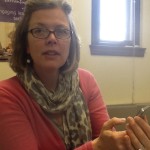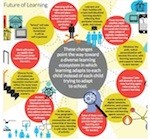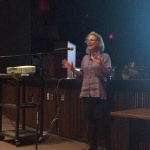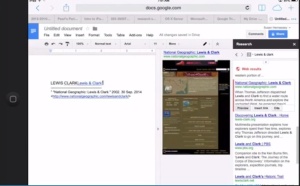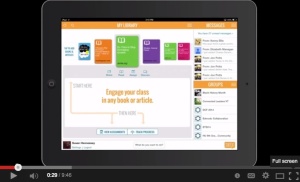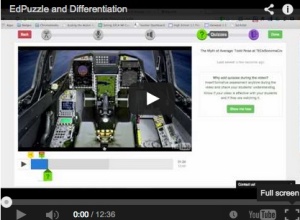In the past few months, we’ve been meeting with groups of students from six Vermont schools, asking them about their experience this year. What might next year look like if they had a say? Inspired by the Imagining September Project –the MIT Teaching Systems Lab & Harvard’s Graduate School of Education that gathers student input to imagine what school might be like in September–we set out to conduct our own mini September Project.
We have access to students who are accustomed to talking with their teachers and each other about what’s working and what needs work in their particular setting. As co-facilitators of the Learning Lab–a network of educators conducting classroom research in partnership with their students and each other–we connect educators and students in a community committed to frank conversations that honor, and help improve, teaching and learning now and throughout the school year.
Most recently, we’ve met with students in three contexts:
- Learning Lab Student Summits (Putting the Pieces Back Together…Better: Student Summit Agenda), which conducted three rounds of conversations, each answering one of our three questions:
- Has the pandemic caused you to realize that there are parts of school that you were taking for granted that you now have a new appreciation for? What are the parts of school you’ve grown to appreciate?
- Are there silver linings to the pandemic, new ways of living and learning in the world that you would like to see continue and evolve next year? What might those parts be?
- Looking back over this last year, what are you most proud of?
- Single teachers who were curious to learn:
- What’s working for you as a learner? What can I do to improve your experience?
- Middle School Team & Principal who wanted to know:
- What are some of the things that you do in school that you enjoy or that are helpful for you when you’re learning?
With Them
Something unexpected happened with each group we listened to. Toward the end of each conversation, we asked if there was anything else they wanted to share. To our delight, individuals in each group conveyed a deep gratitude for us asking these questions and listening intently to their answers. We’re not talking about a casual end-of-conversation “thanks”, but an effusive outpouring of appreciation. Most importantly, when they learned that we planned on sharing these findings with a wider audience of educators, they were blown away.
We shouldn’t have been so surprised. Throughout the year-long Learning Lab experience, students provide formative feedback to their teachers to help them improve. Some students even join a Site-Based Sounding Board team, who occasionally meet with their teacher to make sense of recent data. We’ve witnessed first-hand the enthusiasm of listened-to learners.
Their enthusiasm, in part, stems from the novelty of the experience. Most students, be they adults or youngsters, are not part of an ongoing conversation with their teacher and their classmates about how things are going and what might make them better. They might be asked to complete an end-of-course evaluation, after the ship has sailed and ended its journey. As John Hattie puts it, “Assessment is something we have done to students rather than with them.”
Their Ideas
Thayer, a student at Orleans Elementary School, puts it a little differently. As educators consider how to move forward next year, he advises that they aim for balance. “Balance is key, a mix of what students want to do and teachers need to do in a great structure fixes problems.”
Our most recent round of conversations with students kept returning to this idea, that there needs to be more give and take for learners to experience the kind of agency that keeps humans engaged. And this affirms one of the most important findings we’ve taken from five years of Learning Lab. Doing assessment to learners, rather than with them, poisons even the most well-designed learning well. But making the shift from doing assessment “to them” to doing assessment “with them” makes a profound, positive impact on learning. Making assessment an ongoing conversation, it turns out, improves the quality of the learning well.
Here are three patterns identified across all of our recent conversations with students:
New appreciations for this thing we call school
One student shared he took for granted “having the ability to go to different places for different classes.” Another surprised himself with an awareness of how much he appreciated being in school 5 days a week. One student shared her appreciation for her teachers’ ability to create engaged and authentic learning experiences despite the constraints. “Our teachers do 3 different things in humanities that teach us real world problems and work toward changing our school’s environment.” While another saw teachers’ supports in a new light. “I appreciate the mini-lesson and the teacher support we have in person.” And some mentioned the collective efforts to keep each other healthy and safe. “People are more considerate and aware about how what they were doing could affect other people.” “Better hygiene!”
Pride in their growth in terms of time management and self direction skills
“I feel like I’ve gotten to figure out what learning environments work best for me, and I’ve gotten better at time management” For some following this thread they pointed to teachers’ efforts to publish work in advance. That made it “easier to catch up on missing school work because everything is available online.” While many of us are zoomed out, some students found technology to be useful. “I like using more technology to do more things. It feels more efficient. Sharing our work visually on the computer has been cool.”
Breaks, breaks, and more breaks
One group all agreed that Brain Breaks were a key to their ability to engage and stay focused. “Brain breaks are very helpful when you want to chill. Or to have some time to breathe without a mask.” “We need more breaks. School limits them now to snack, lunch, and a brain break at end of day.”
How to strike the right balance between on-task time and breaks? One student offered his perception that “school can only do so much in the way you want it to go. It’s a place for learning even though we want breaks some time.” But teachers might consider “a break day every third Friday: with no work. I’m not sure if we are allowed to have no work.” Imagine the informal learning that takes place during these breaks! Time for consolidating learning and engaging in relationship building. We think they’re onto something here.
Courageous Conversations
It can be scary to invite students into an ongoing conversation about how their learning is going and what adjustments we and they can make to make things better. It takes courage to listen and really hear feedback that challenges us to change.
But when we walk this walk with our learners, the journey improves. We are relieved of the crushing load of doing all of the planning, teaching, assessing, and reporting. And students are more engaged and doing more, achieving the kind of balance that Thayer and so many of his peers described.
Learn more about how to make assessment an ongoing conversation. Check out the resources we’ve included below. And if you’re interested in joining a network of educators committed to this approach to teaching and learning, learn more here.
Bill Rich & Susan Hennessey
Some Resources
Results of a state-wide effort to gather student voice from Up for Learning’s Youth Advisory Council
Some student responses from the Imagining September Project
Why Should We (& How Can We) Involve Students in the Assessment Process?
This seven minute mini-lesson/screencast describes the assessment rut we can easily fall into. It offers a few ideas and resources for heading for higher ground.
Assidere/Adsidere
Share with your students the latin derivation for assessment (to sit beside / to sit with in counsel or office). Propose to your learners a plan for moving away from grading / scoring everything. Rather, aim towards an ongoing conversation about what’s working and what needs work–in their work and ours.
Students Own Their Progress – watch 6th grade students track their strengths and challenges as they analyze their own data.
3 ways to capture student reflection/feedback in google slides
When Students Track Their Progress
Six Powerful Learning Strategies You Must Share with Your Students
A fantastic resource brought to you by the remarkable Cult of Pedagogy, Jennifer Gonzales’ website. She curates resources that support “crazy good teaching.’
Trust the Science: Using brain-based learning to upgrade our educational OS
Giving Students a Say: Smarter Assessment Practices to Empower and Engage
Myron Dueck’s wonderful book about how to partner with students throughout the assessment process.
Drive: The Surprising Truth about What Motivates Us
Daniel Pink’s compelling exploration of what motivates humans. The counterintuitive findings explain why a compensation approach to assessment leads to low-level compliance rather than deep engagement.
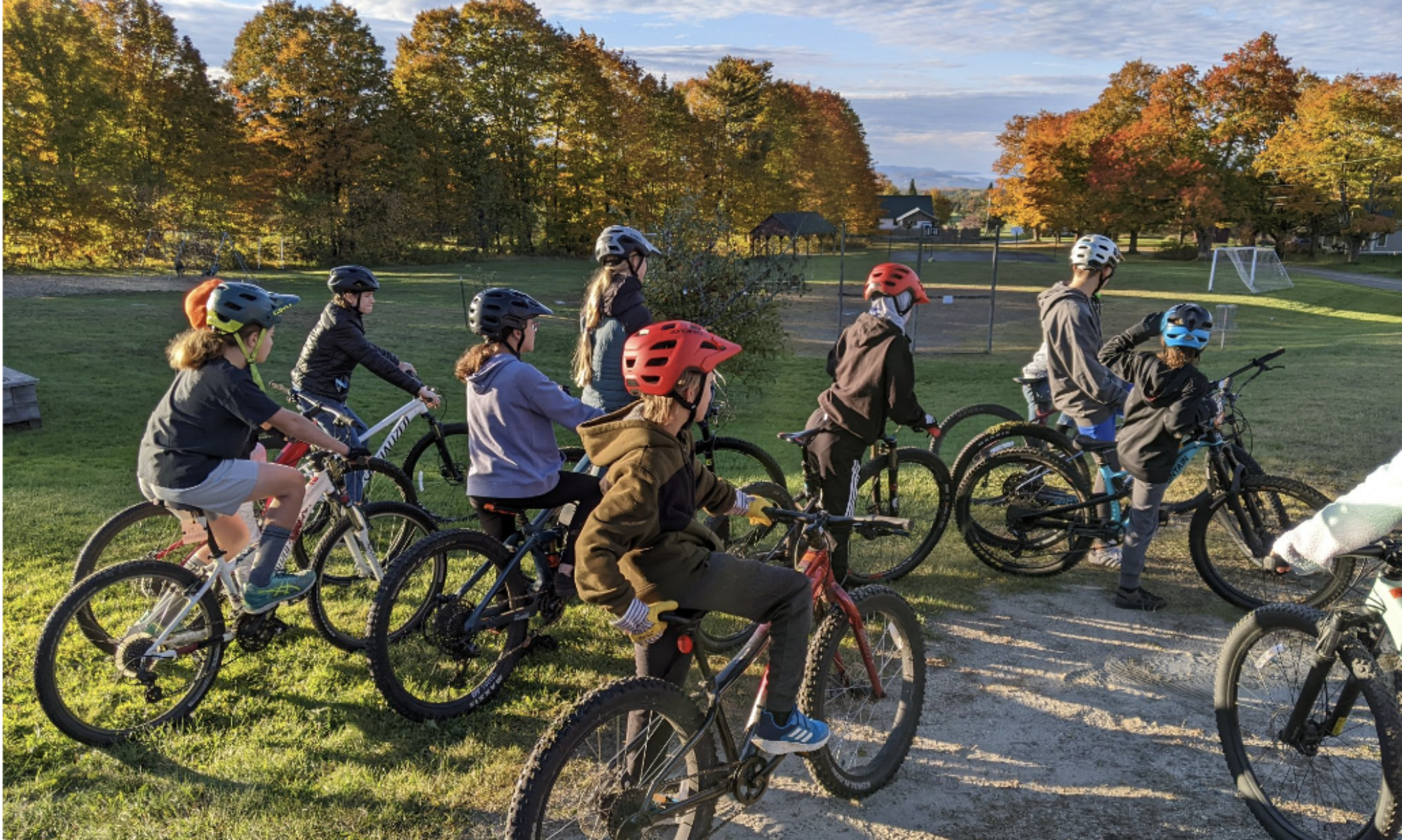


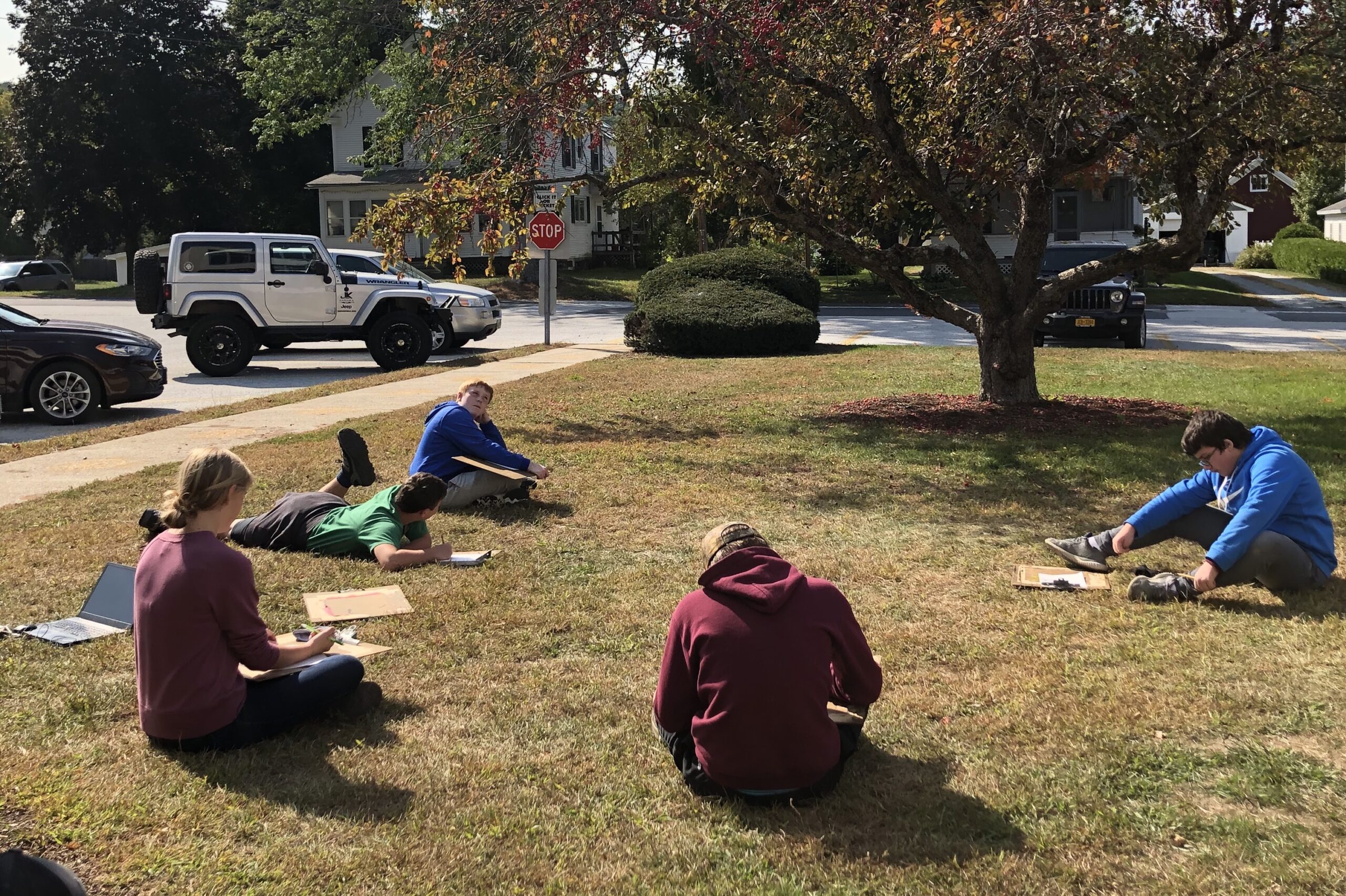
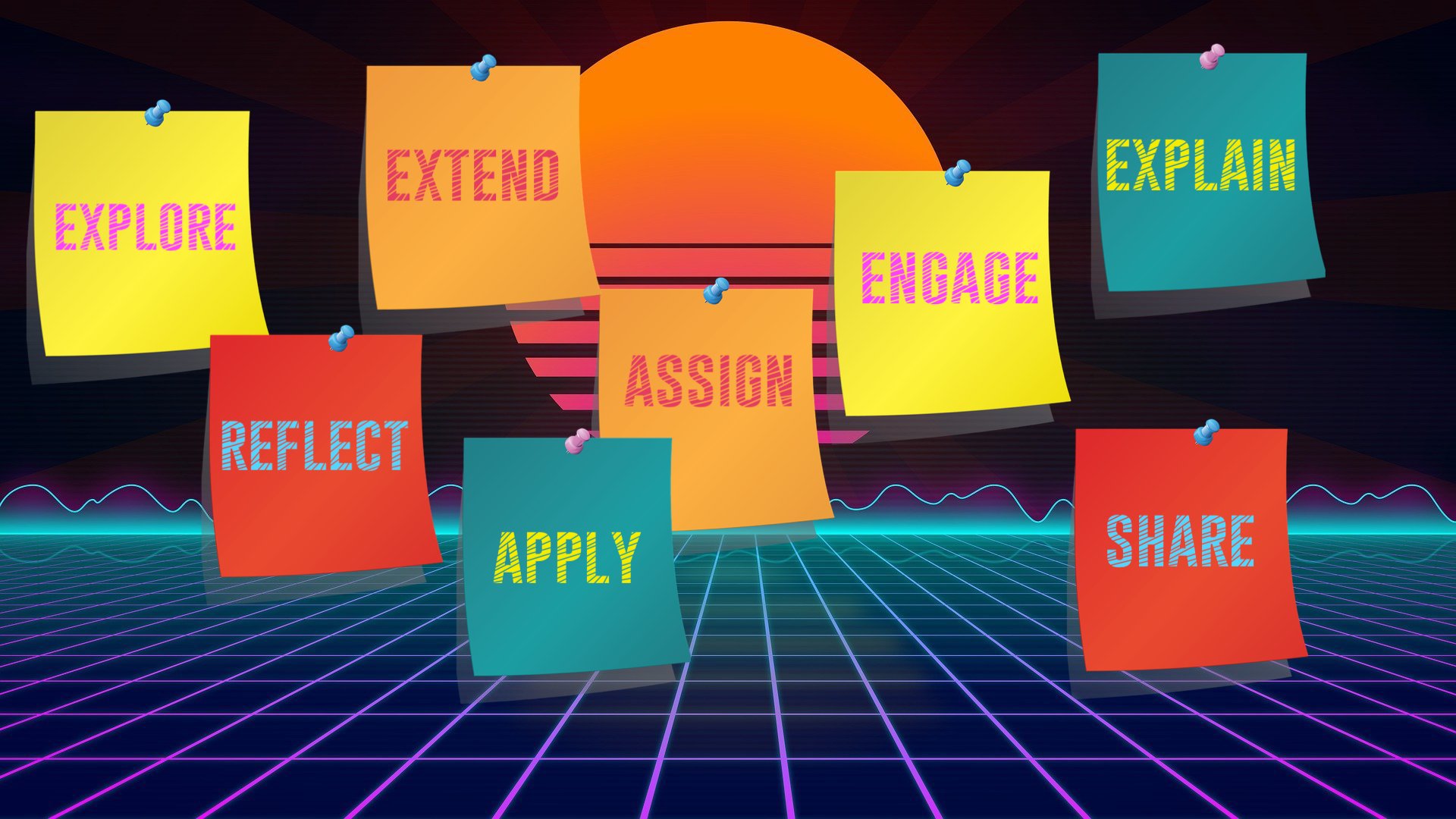
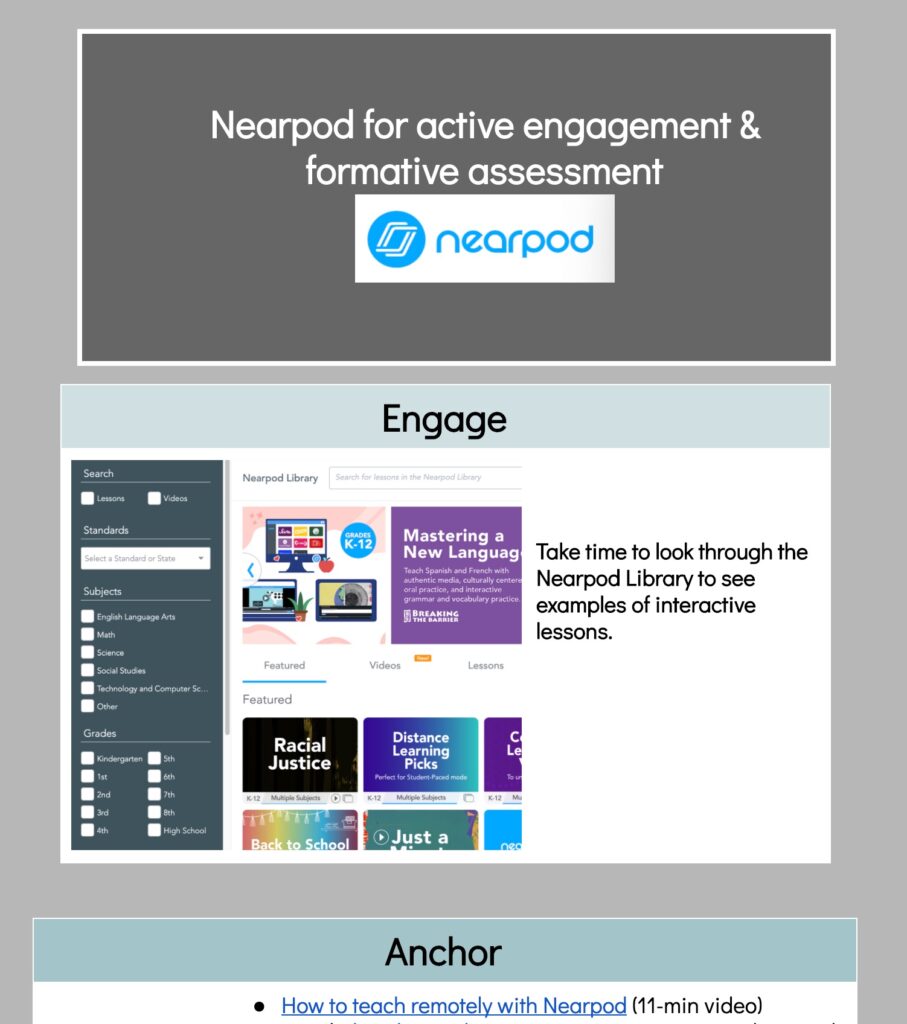




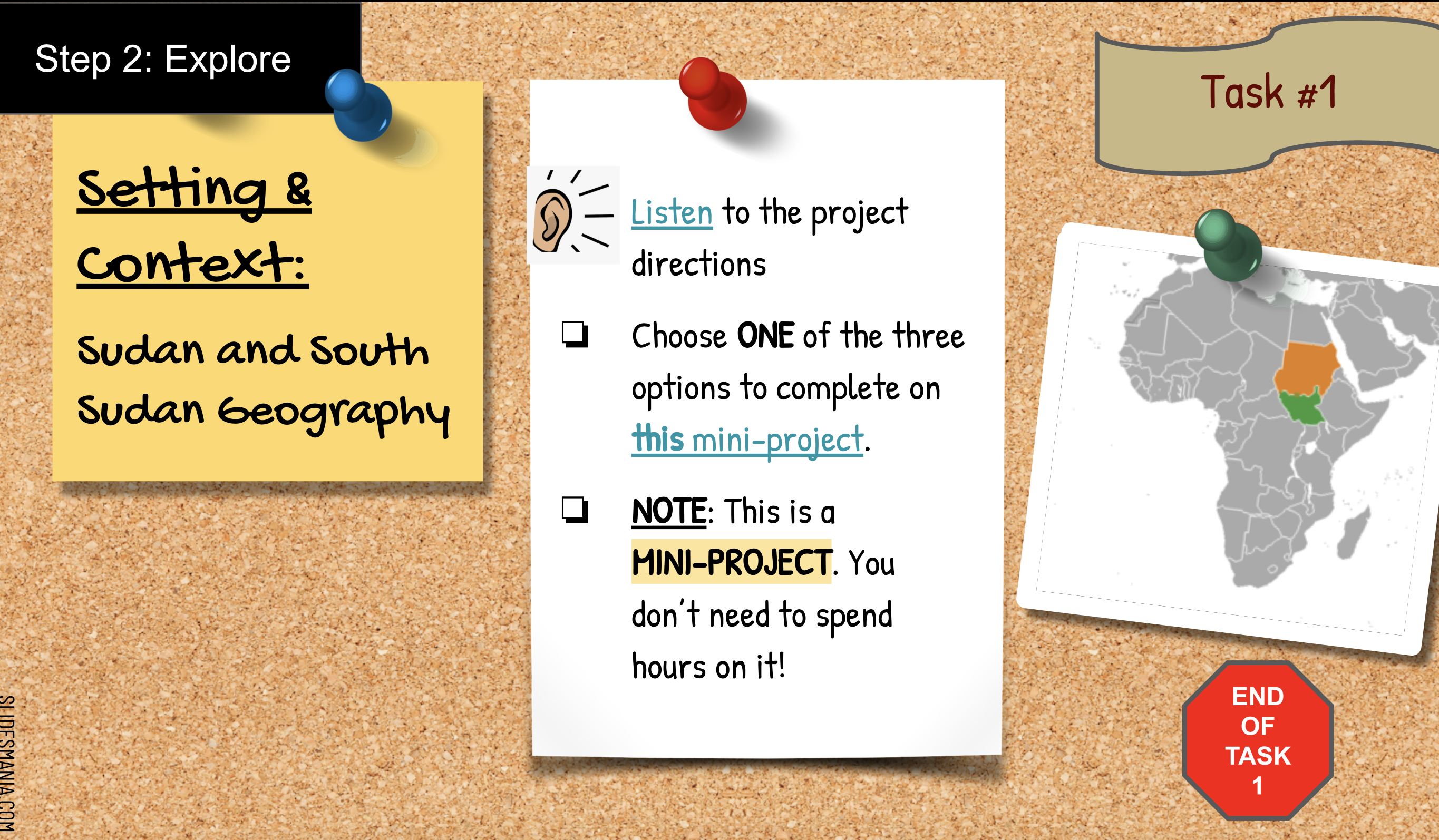
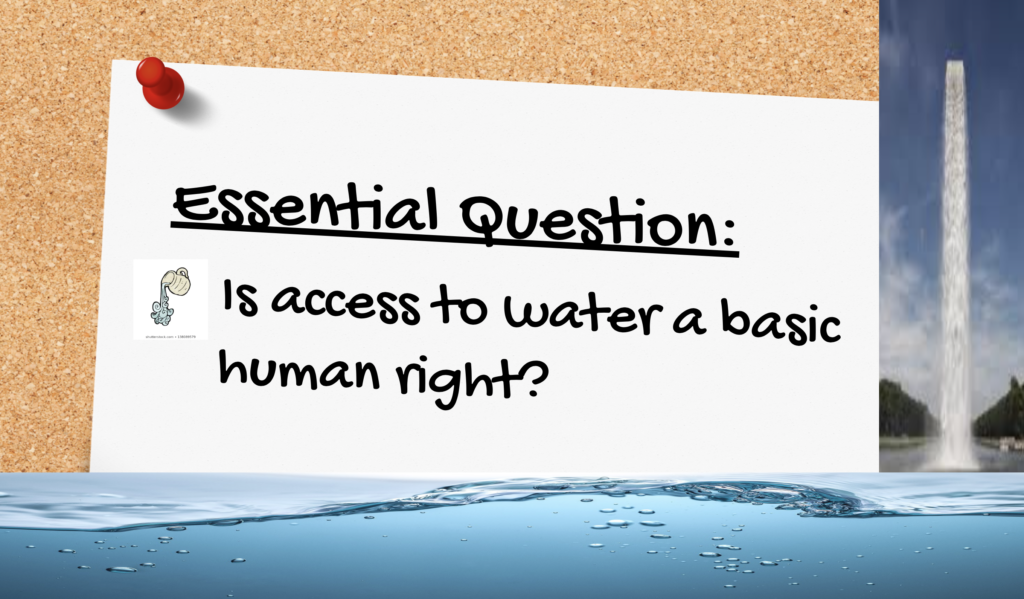

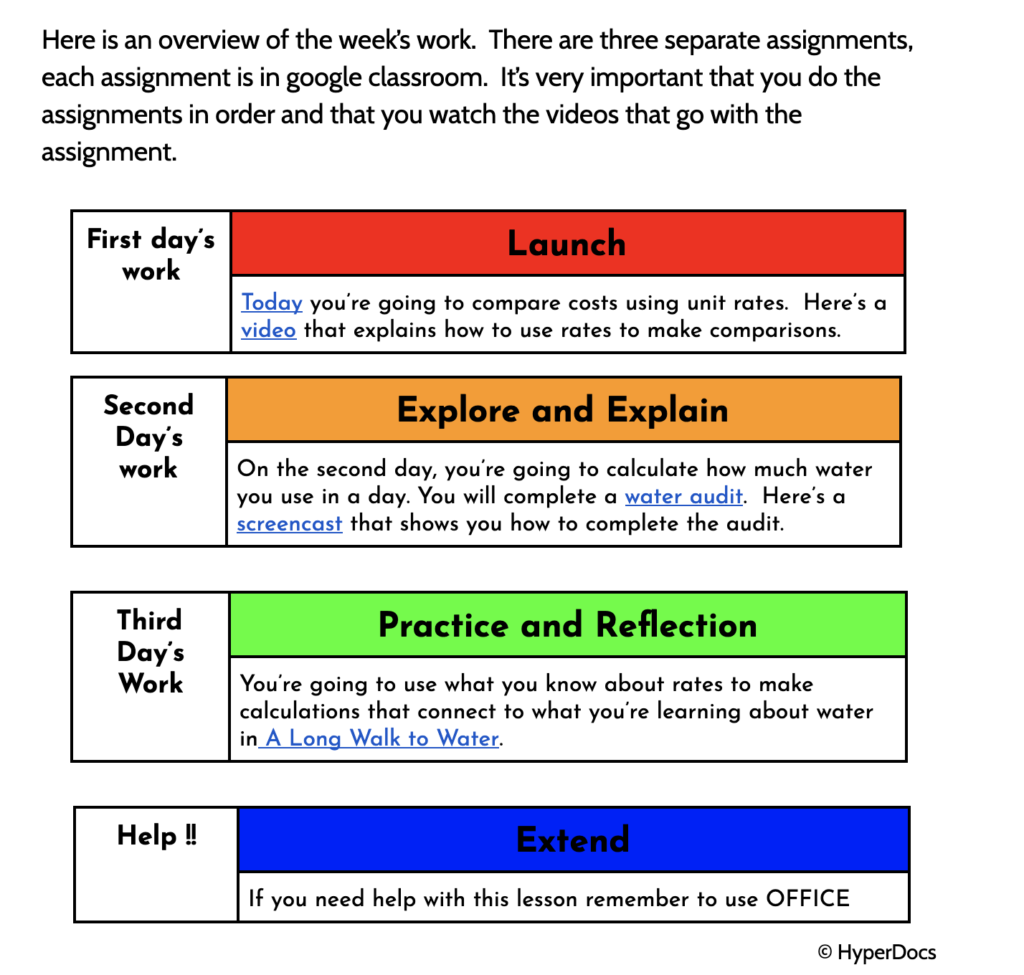
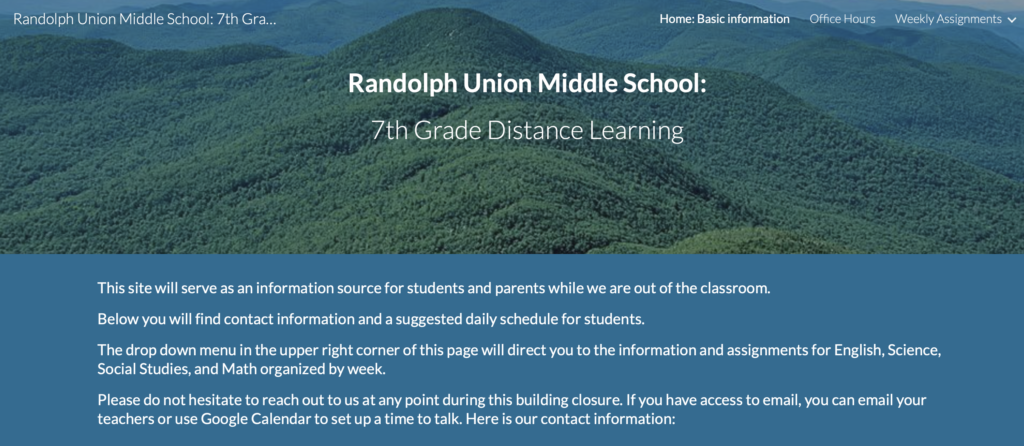
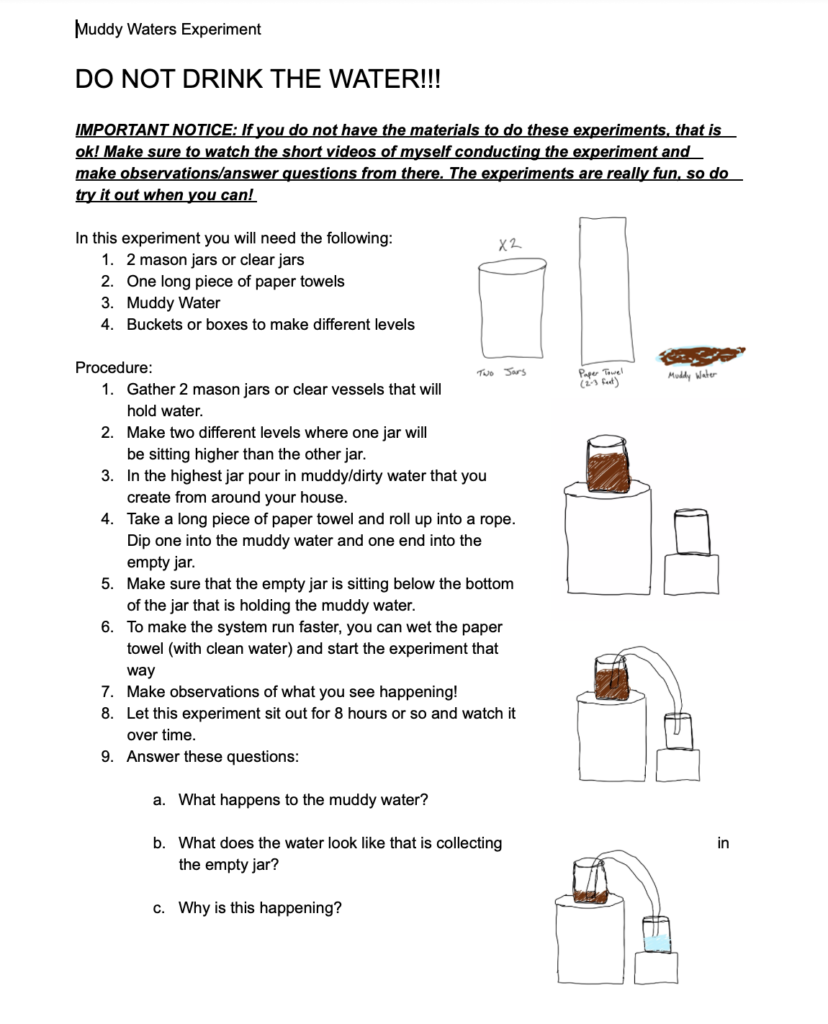
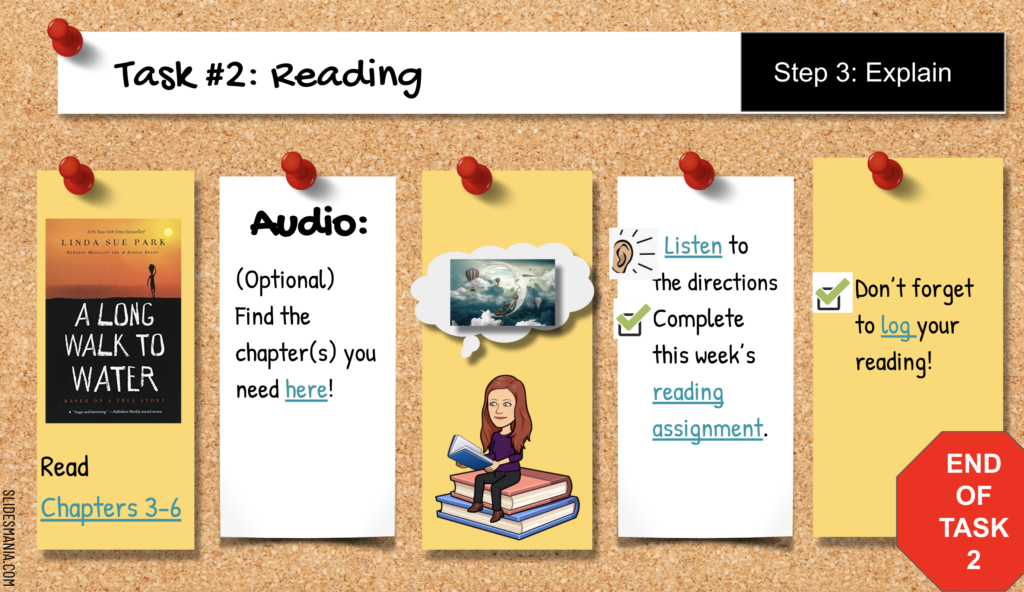
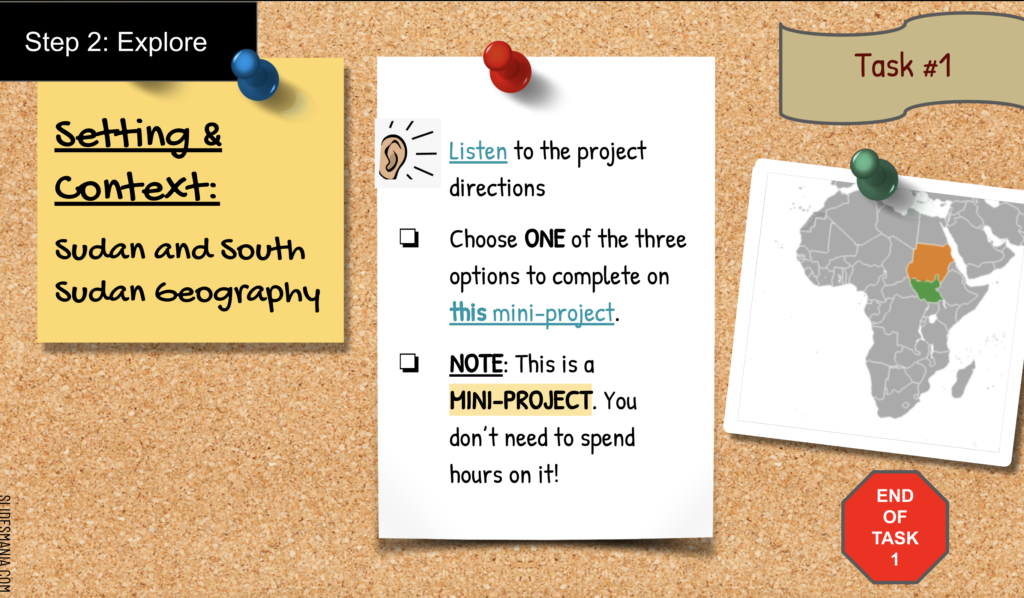
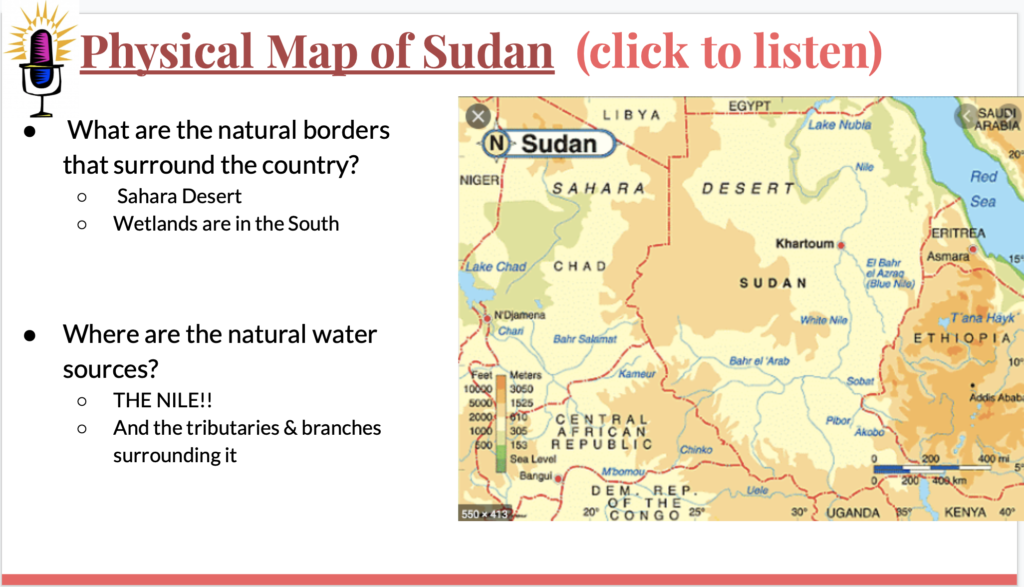

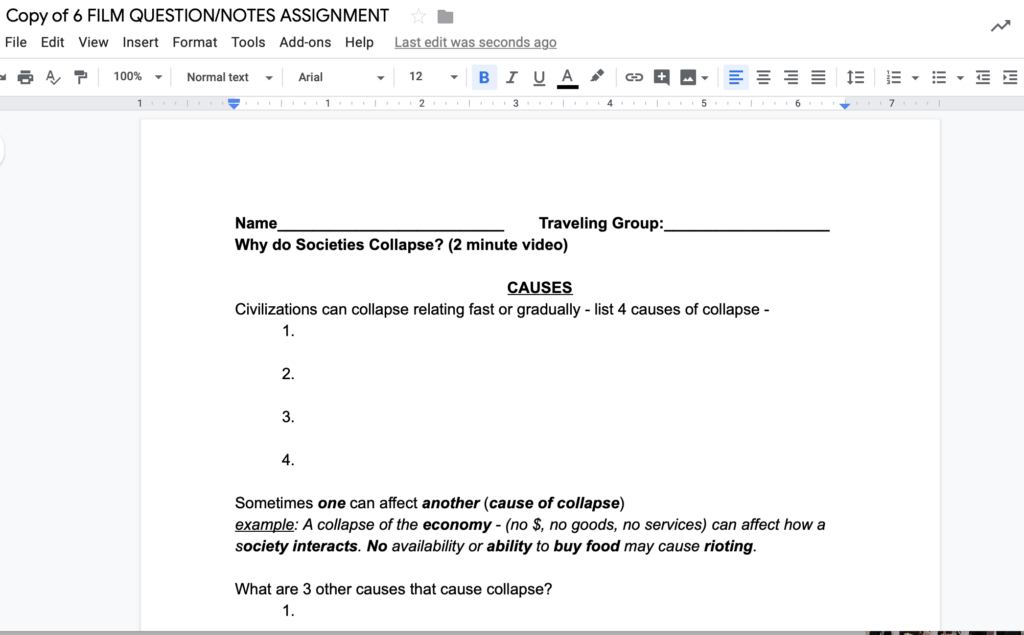

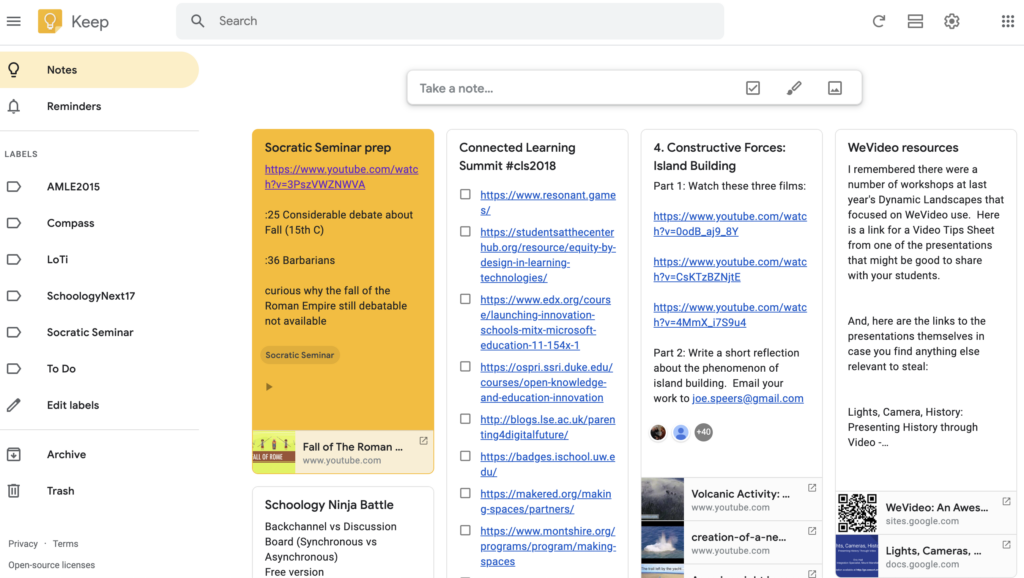

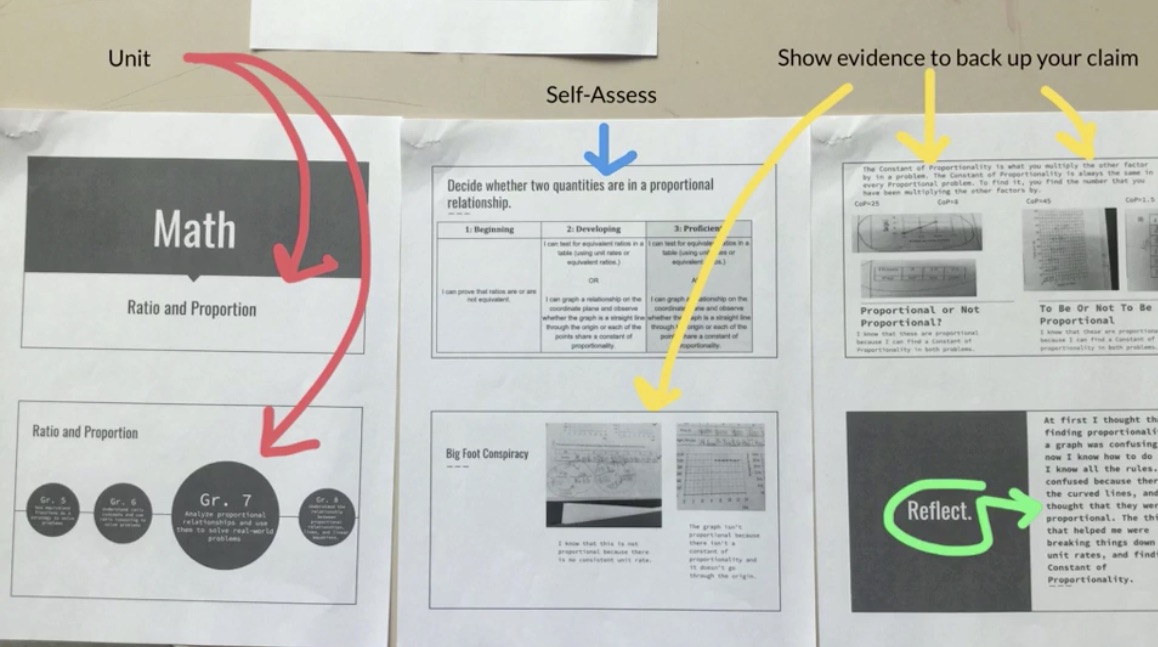


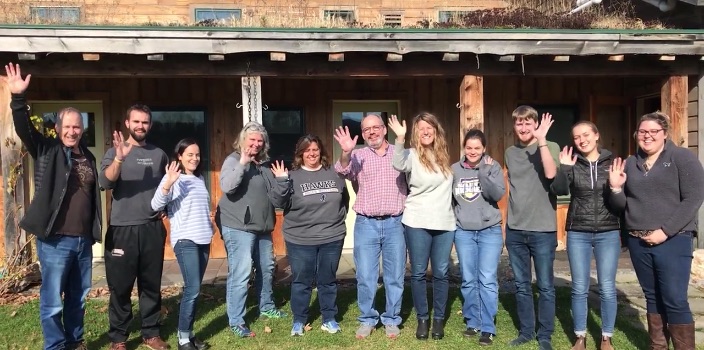

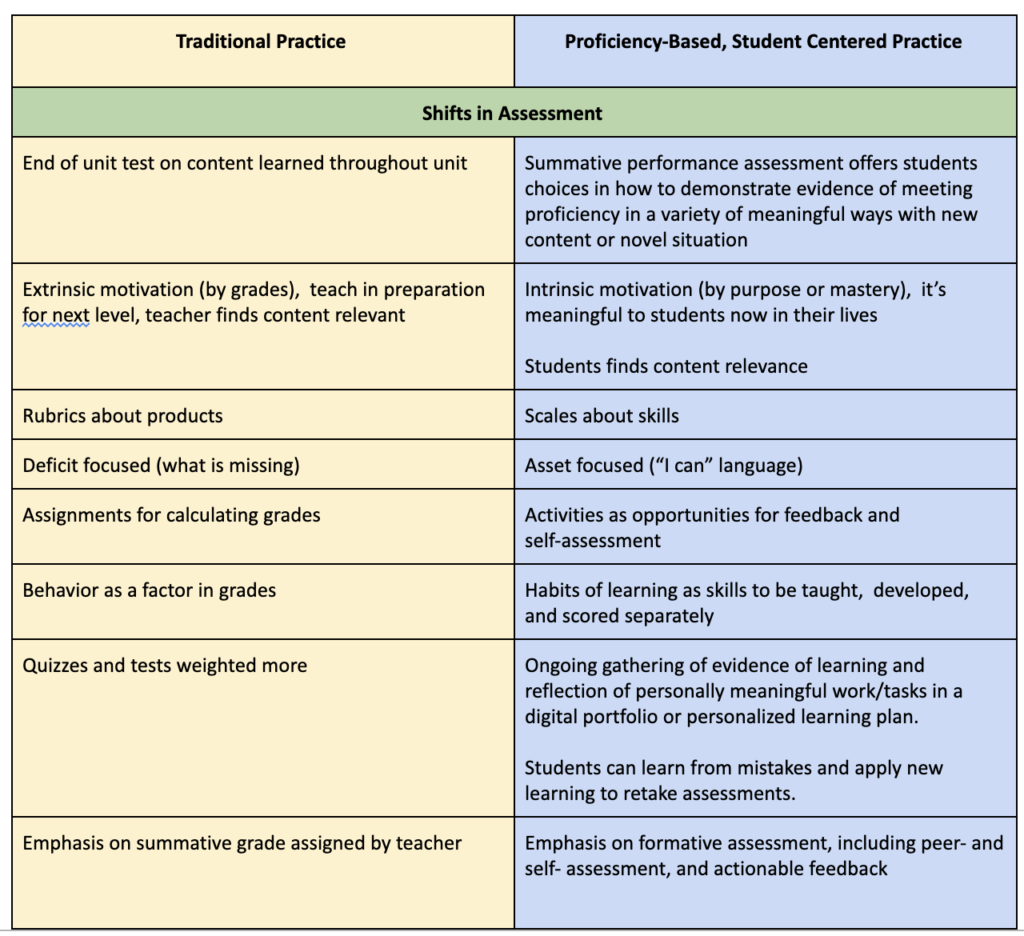
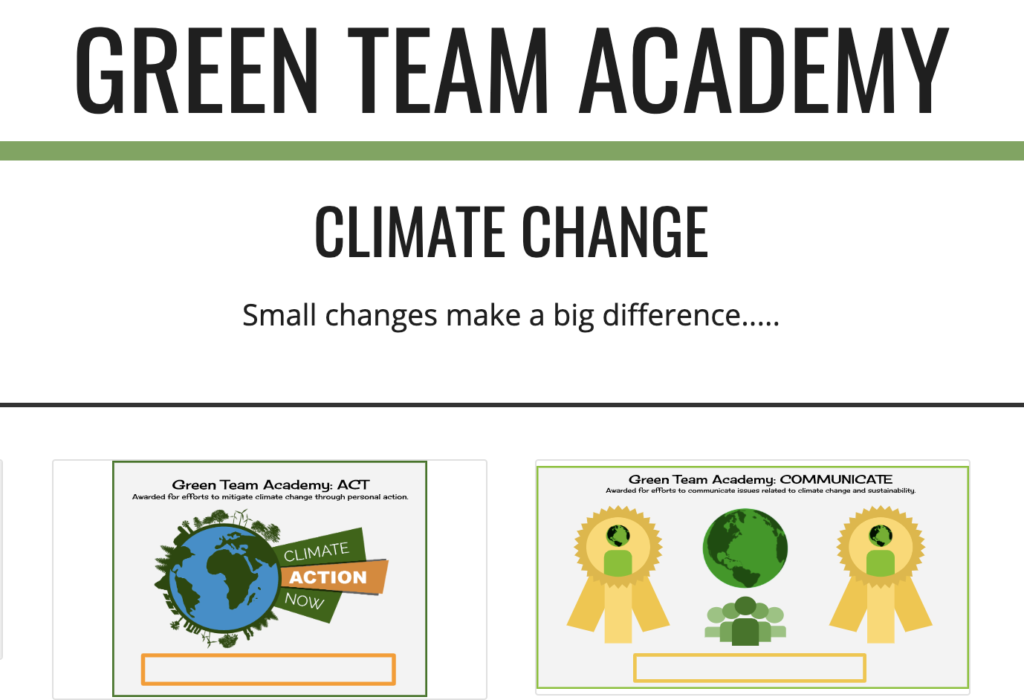
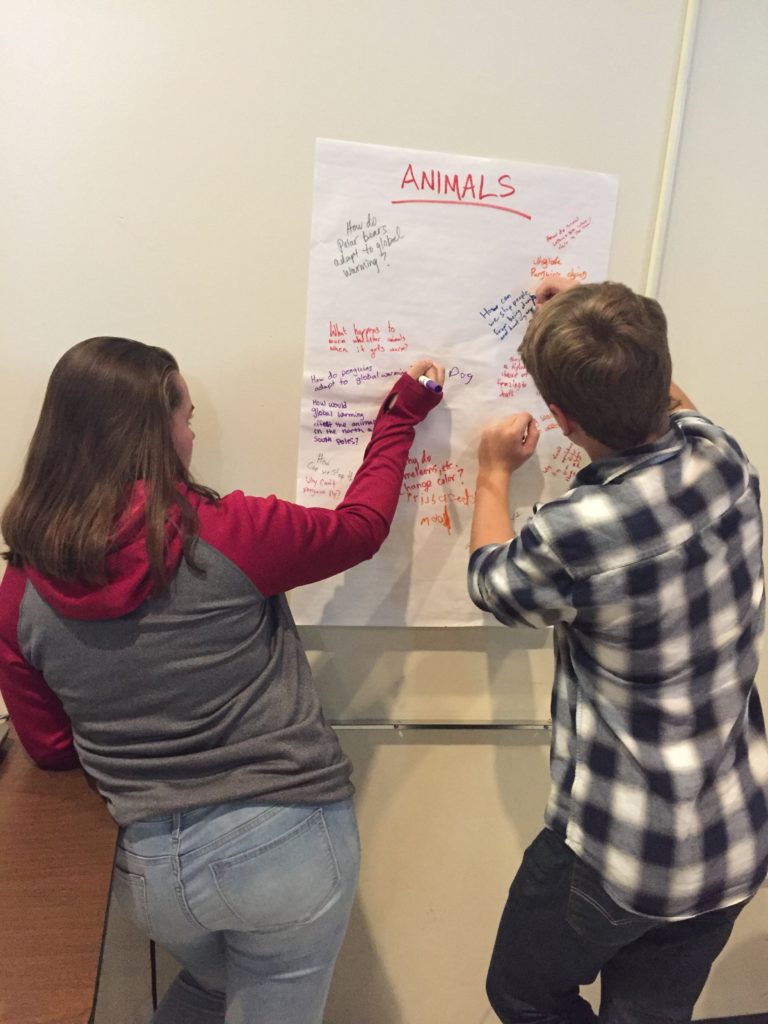
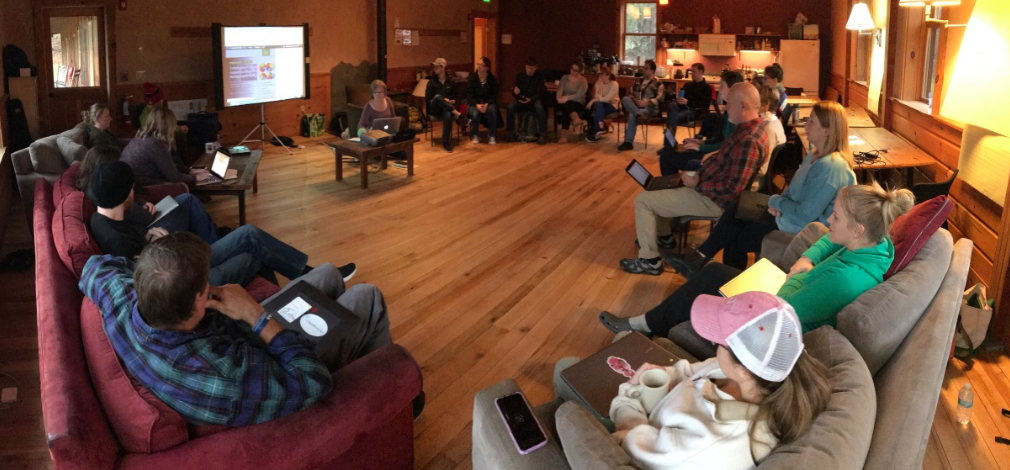
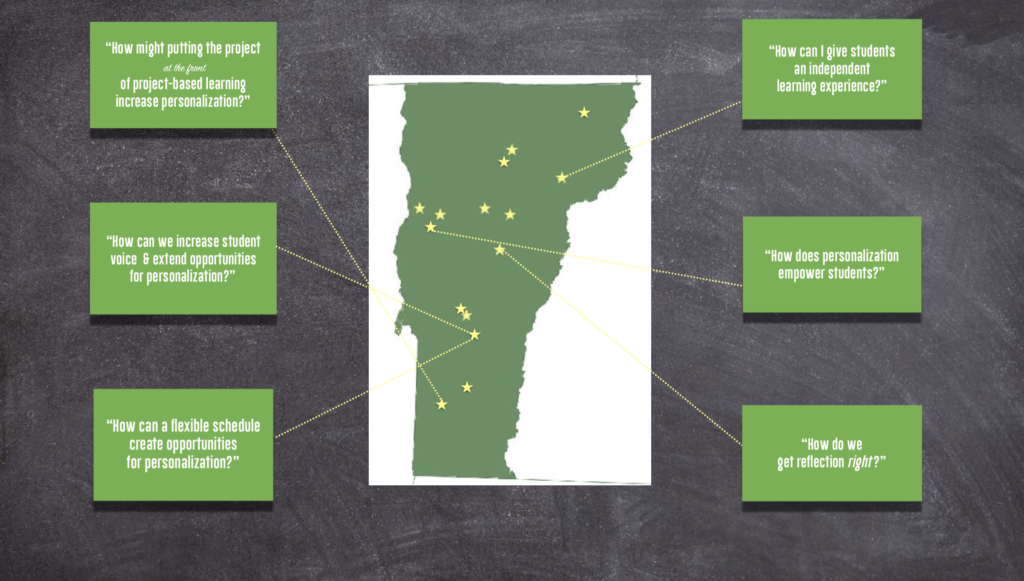
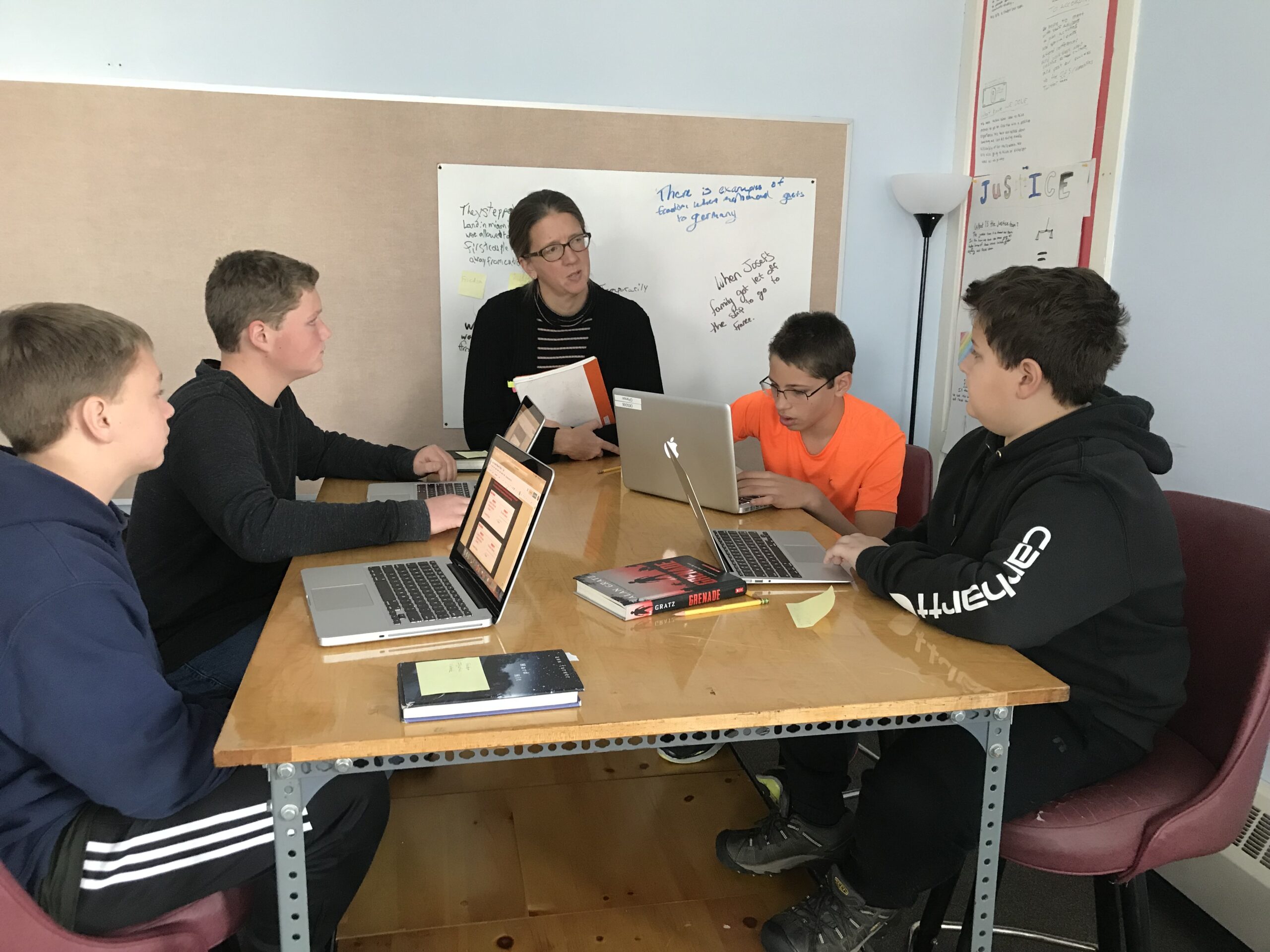
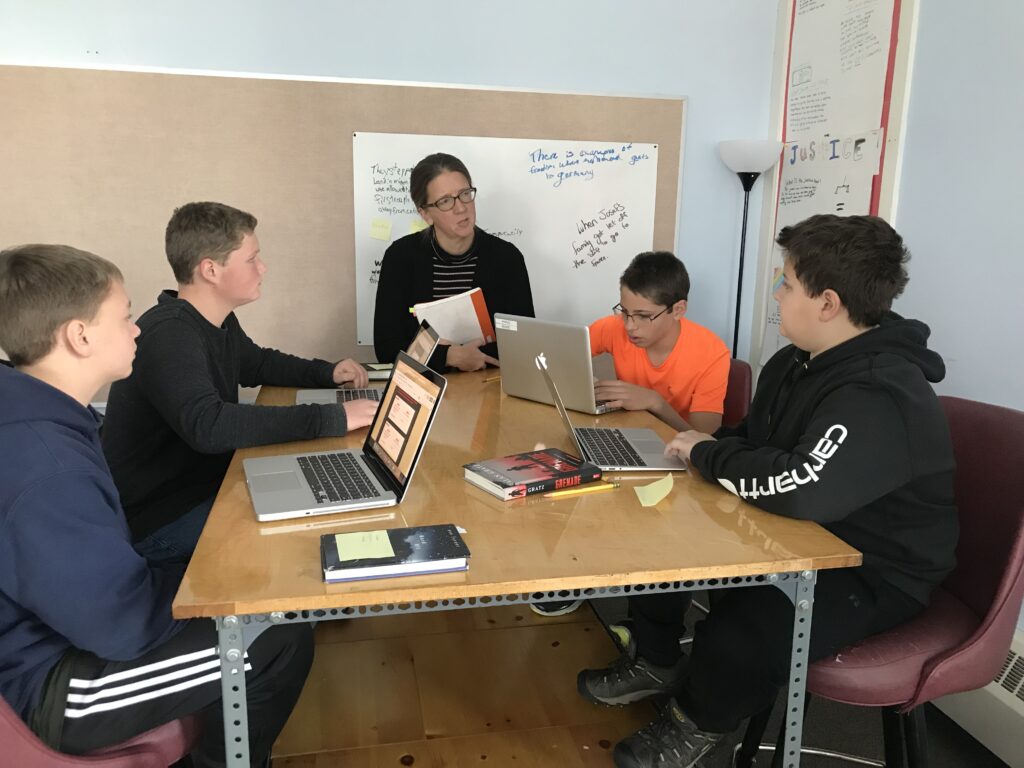
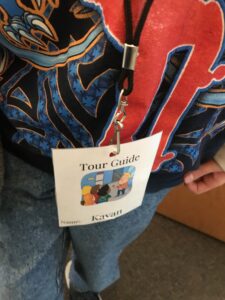

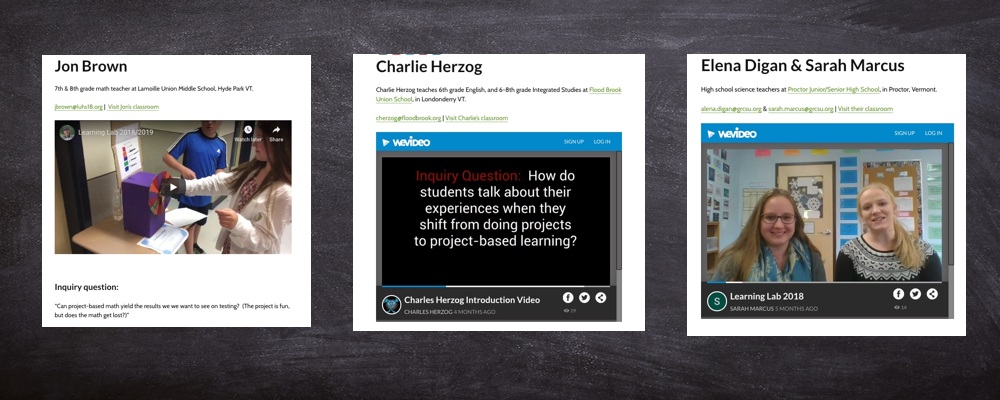
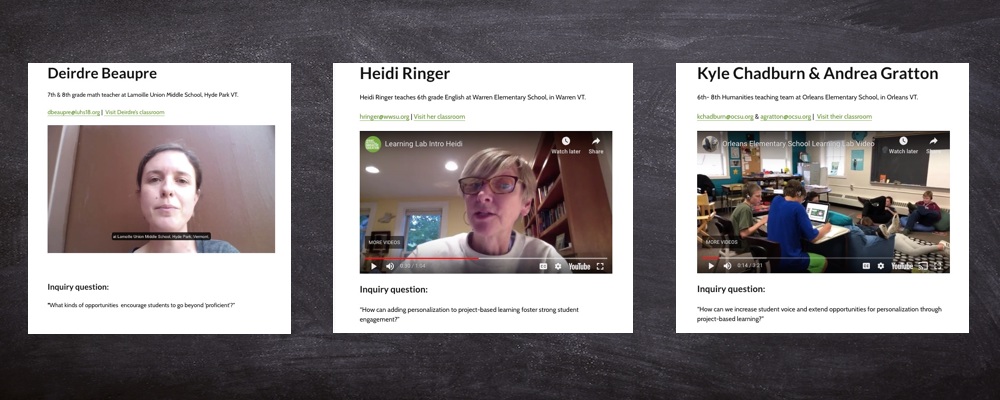
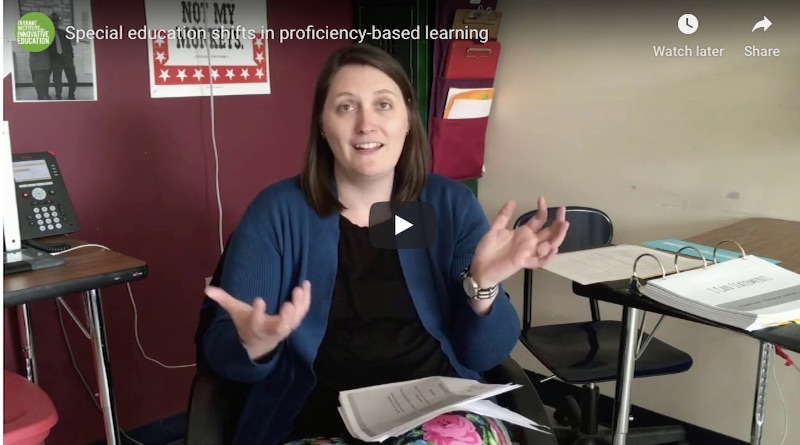
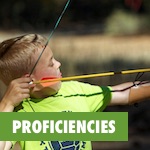 Many of us doing proficiency work in the state see it as a means of ensuring equitable access for all students. A proficiency-based learning environment asks the learning community to partner together. The goal: to make certain all learners meet clearly articulated targets for success.
Many of us doing proficiency work in the state see it as a means of ensuring equitable access for all students. A proficiency-based learning environment asks the learning community to partner together. The goal: to make certain all learners meet clearly articulated targets for success.
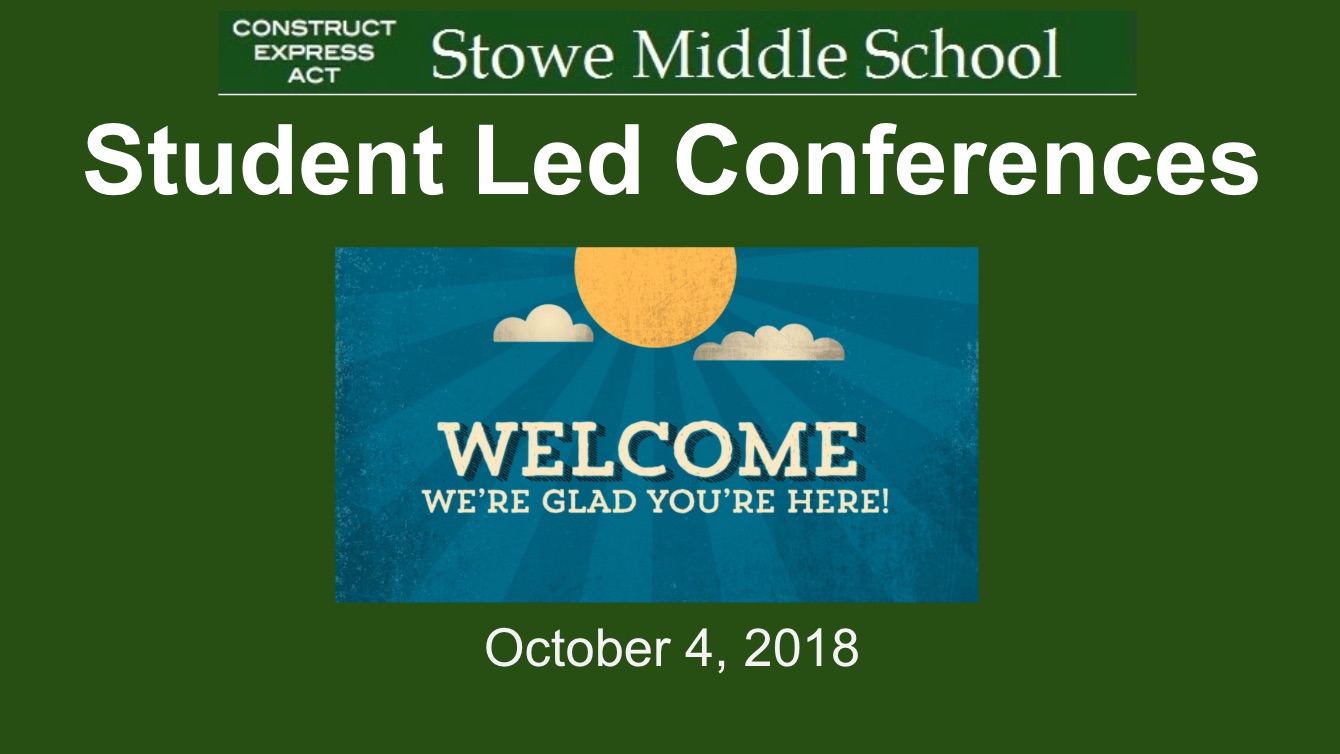
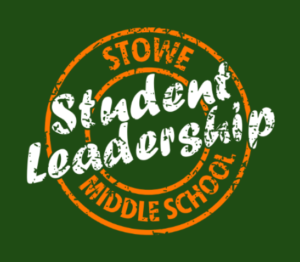
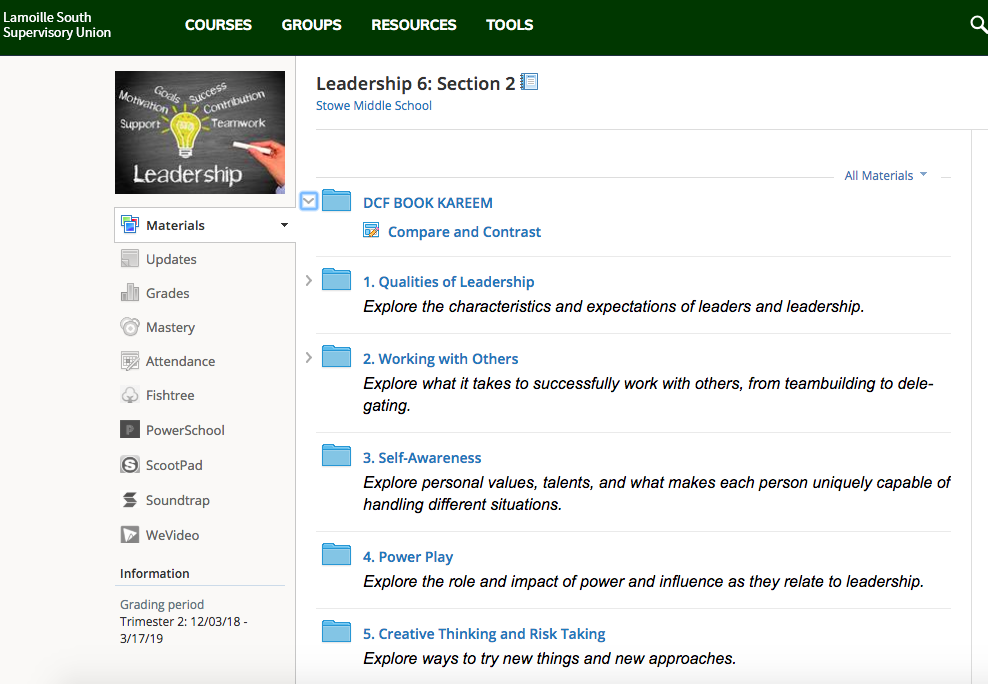
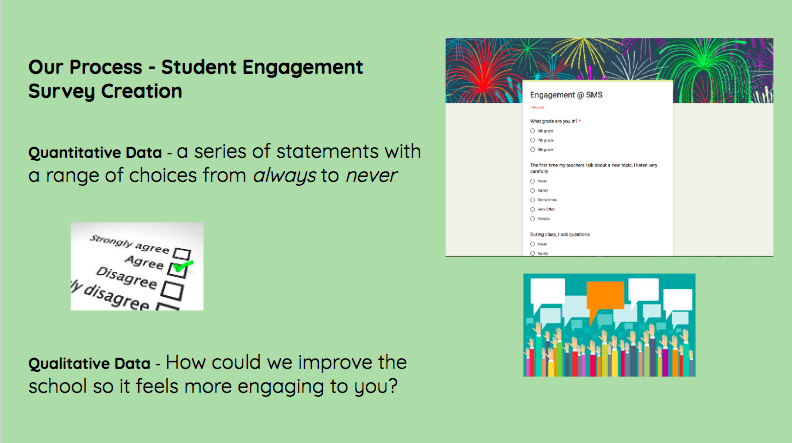

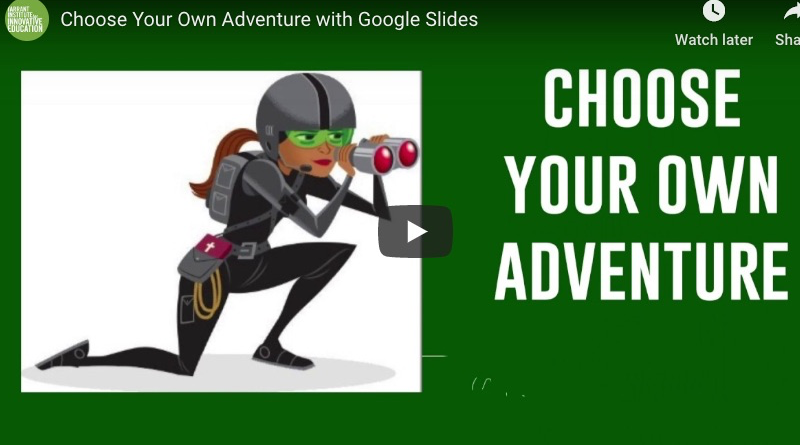


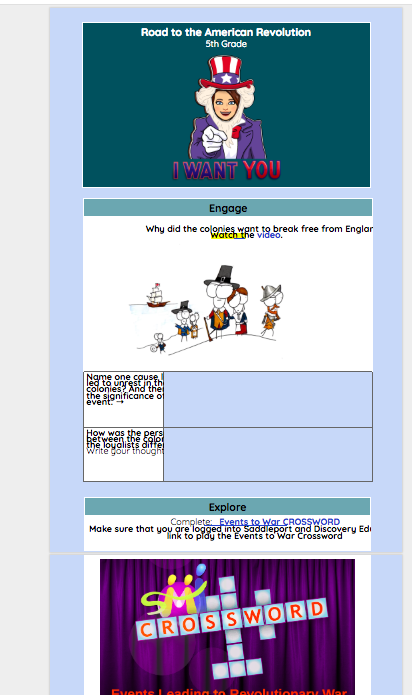
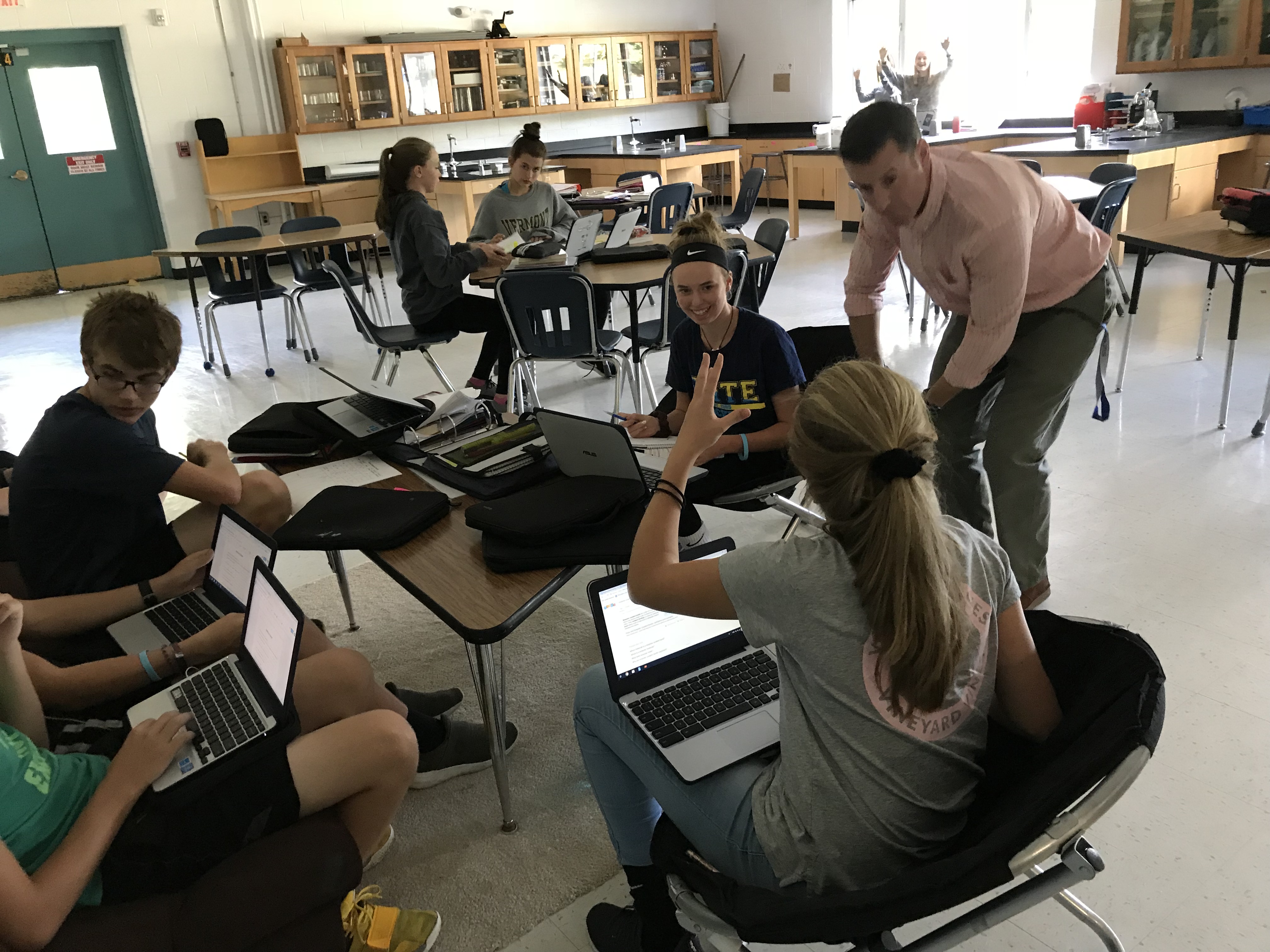

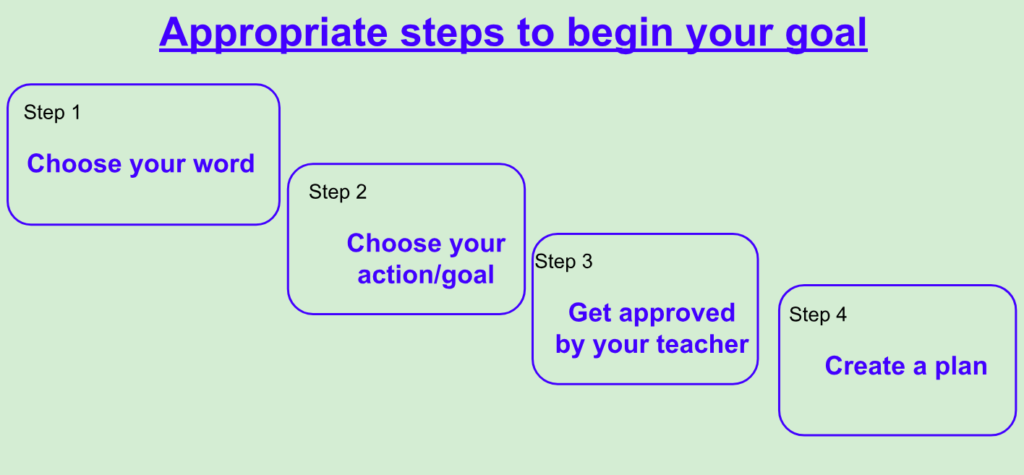
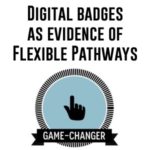 A small group of these 6th grades at Peoples Academy wondered how they could help their peers be more engaged in the school’s Opportunity Time, time devoted to goal-setting and exploring student interests, so they took on the challenge of designing a digital badging system to incentive their peers.
A small group of these 6th grades at Peoples Academy wondered how they could help their peers be more engaged in the school’s Opportunity Time, time devoted to goal-setting and exploring student interests, so they took on the challenge of designing a digital badging system to incentive their peers.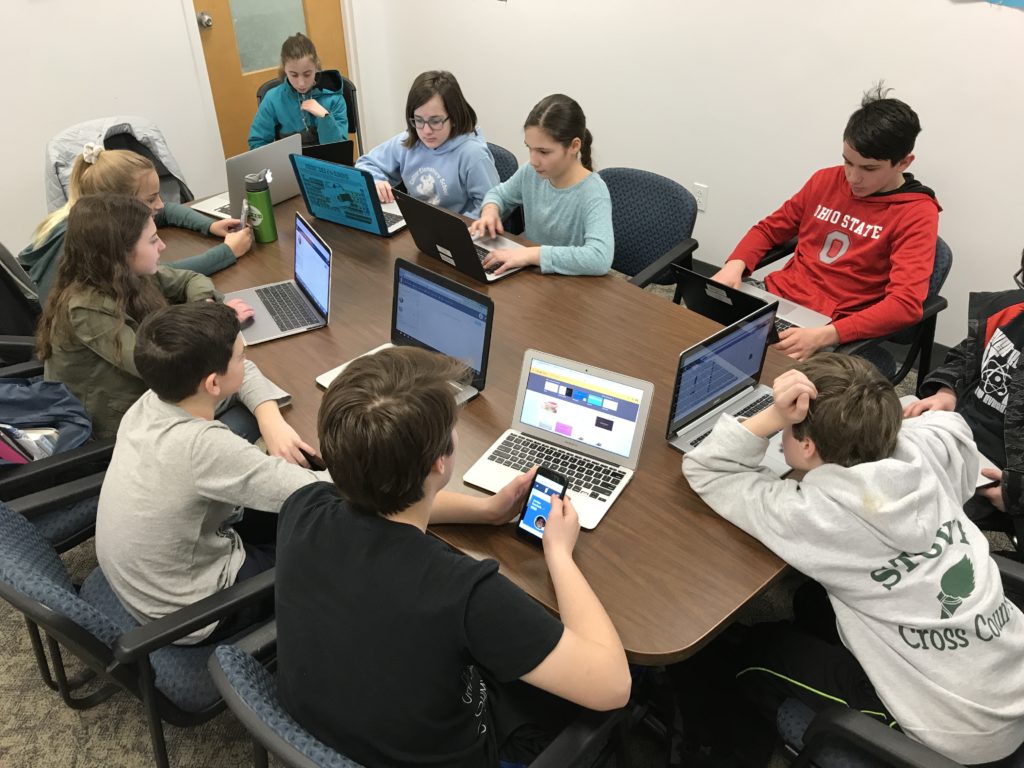
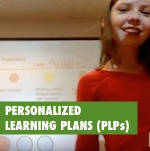
 Many of your current — or future — collaborators teach at other schools around the state or world. But when you’ve got a great idea for collaboration, don’t let distance stand in your way. Let’s look at this example from three Vermont schools on how to plan, manage and support one unit run across three different schools.
Many of your current — or future — collaborators teach at other schools around the state or world. But when you’ve got a great idea for collaboration, don’t let distance stand in your way. Let’s look at this example from three Vermont schools on how to plan, manage and support one unit run across three different schools.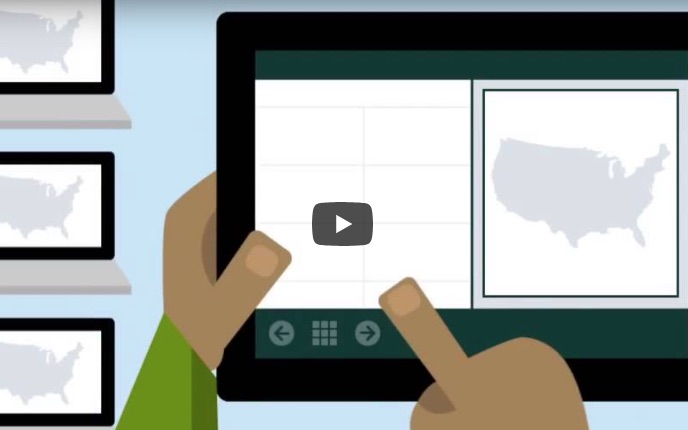
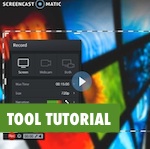 In a proficiency-based learning environment, frequent, flexible, and transparent assessments become cornerstones of the practice. The importance of
In a proficiency-based learning environment, frequent, flexible, and transparent assessments become cornerstones of the practice. The importance of 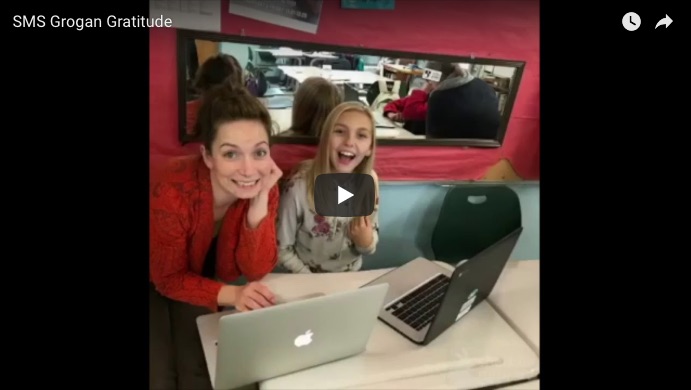
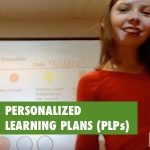
 Despite this gorgeous fall weather here in central Vermont, I’m suffering from a bad case of wanderlust. One antidote I’ve found to satisfy the daily craving to hit the high road is the
Despite this gorgeous fall weather here in central Vermont, I’m suffering from a bad case of wanderlust. One antidote I’ve found to satisfy the daily craving to hit the high road is the  School is off to a rollicking start thanks to you and your
School is off to a rollicking start thanks to you and your 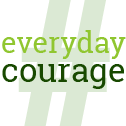 Take the iconic back-to-school prompt for students —
Take the iconic back-to-school prompt for students — 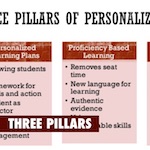
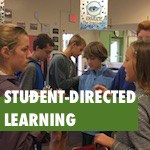 Peoples Academy Middle Level 6th graders Noble Beerworth, Josephine Simone, Anna Isselhardt, and Jacob Fougere won big at this year’s
Peoples Academy Middle Level 6th graders Noble Beerworth, Josephine Simone, Anna Isselhardt, and Jacob Fougere won big at this year’s  At Peoples Academy Middle Level, educators have taken the role of teacher advisory, or TA, to a whole new level. They conduct their advisory to build personal connections with their students. As a result, at PAML, advisory has become a very special thing.
At Peoples Academy Middle Level, educators have taken the role of teacher advisory, or TA, to a whole new level. They conduct their advisory to build personal connections with their students. As a result, at PAML, advisory has become a very special thing.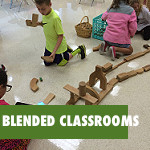 Rather than creating a unit on the Civil War, imagine working with an individual student or small group on a topic that fully engages them, but might be something you know little about. First we looked at
Rather than creating a unit on the Civil War, imagine working with an individual student or small group on a topic that fully engages them, but might be something you know little about. First we looked at 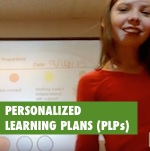
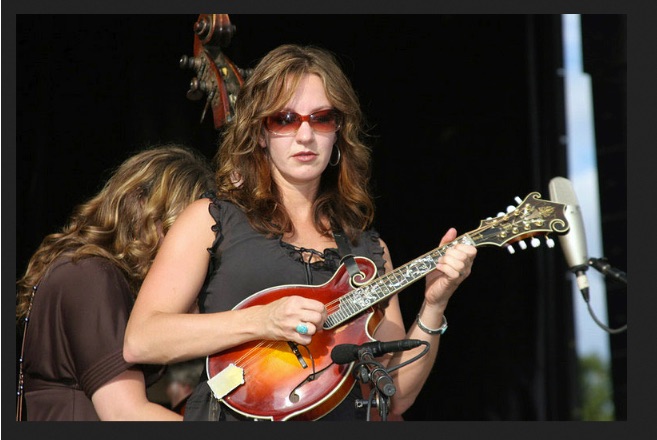
 I worked with a group of teachers this summer to re-think goal-setting with their students. We know it’s a key component to developing Personalized Learning Plans (PLP), but students reported little engagement in following through on and reflecting about their goals.
I worked with a group of teachers this summer to re-think goal-setting with their students. We know it’s a key component to developing Personalized Learning Plans (PLP), but students reported little engagement in following through on and reflecting about their goals.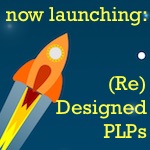
 As the end of June nears and students take their final exams, clear out their lockers, and begin sleeping in until noon, teachers are gathering their remaining energy, and administrators are giving them space, to take stock of the year, celebrate the successes and challenges, and together learn from them.
As the end of June nears and students take their final exams, clear out their lockers, and begin sleeping in until noon, teachers are gathering their remaining energy, and administrators are giving them space, to take stock of the year, celebrate the successes and challenges, and together learn from them.
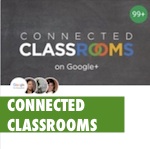 That was a note I took while experiencing students’ reactions to
That was a note I took while experiencing students’ reactions to 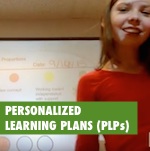
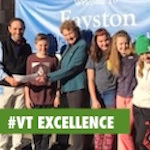
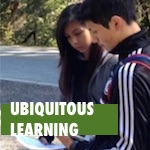
 In my former professional life, I had the pleasure and the challenge of managing a large high school library media center. An irony of the job, one that made me smile and cringe, was the volume of the bell which rang every 42 minutes to signal transitions. The speaker in my library was broken and for whatever reason none of us could figure out how to turn it down, so at eight 42-minute intervals throughout each day, a jarring, disruptive, and impossible-to-ignore screech blared.
In my former professional life, I had the pleasure and the challenge of managing a large high school library media center. An irony of the job, one that made me smile and cringe, was the volume of the bell which rang every 42 minutes to signal transitions. The speaker in my library was broken and for whatever reason none of us could figure out how to turn it down, so at eight 42-minute intervals throughout each day, a jarring, disruptive, and impossible-to-ignore screech blared.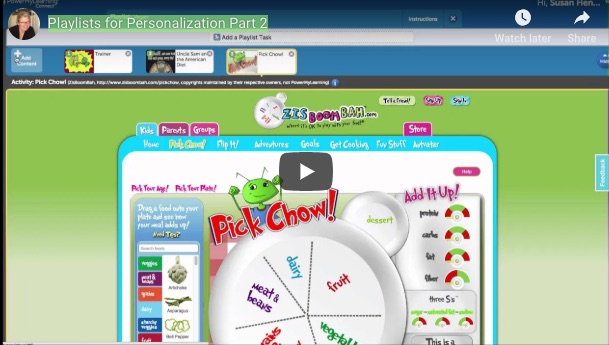
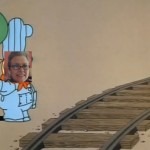
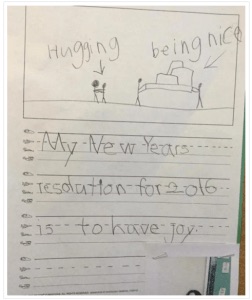 Recently, I was charmed and inspired upon seeing a first grade student’s take on setting goals to improve healthy habits on the Franklin West Supervisory Union blog. I shared
Recently, I was charmed and inspired upon seeing a first grade student’s take on setting goals to improve healthy habits on the Franklin West Supervisory Union blog. I shared 
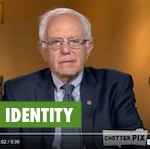
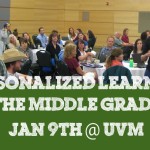

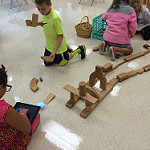
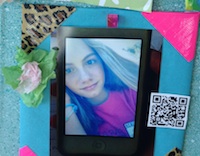
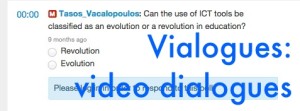 Vialogues: visual dialogues. Video dialogues.
Vialogues: visual dialogues. Video dialogues.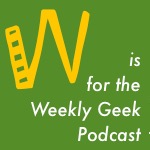
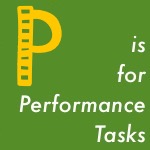
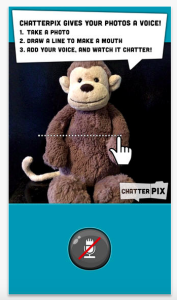
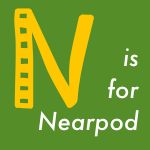
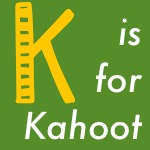
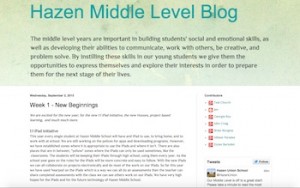

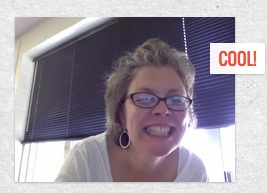
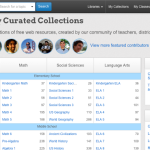 When I think about educational technology, it has never for me been divorced from pedagogy. As soon as I encounter a new digital tool, although it might attract me at first based on its novelty, my mind immediately jumps to the connection of how can I use this with my students to __________. I fill in that blank with all manner of things to include: uncover what they’ve learned, inspire deep thinking, provide a visual prompt or clue, create an engaging hook, etc. So, sometimes I’m taken aback when colleagues suggest teachers who embrace technology “tool hop” without any intentionality or simply like to play with then next new, shiny toy.
When I think about educational technology, it has never for me been divorced from pedagogy. As soon as I encounter a new digital tool, although it might attract me at first based on its novelty, my mind immediately jumps to the connection of how can I use this with my students to __________. I fill in that blank with all manner of things to include: uncover what they’ve learned, inspire deep thinking, provide a visual prompt or clue, create an engaging hook, etc. So, sometimes I’m taken aback when colleagues suggest teachers who embrace technology “tool hop” without any intentionality or simply like to play with then next new, shiny toy.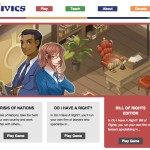
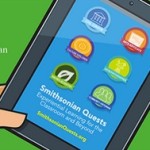 Digital badges have potential to serve as both markers of achievement and as a vehicle for those of us who assess students’ learning for a living to think differently about our current practices.
Digital badges have potential to serve as both markers of achievement and as a vehicle for those of us who assess students’ learning for a living to think differently about our current practices.
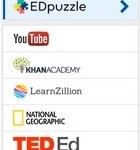
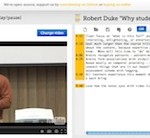 I have been excited lately with the potential of using
I have been excited lately with the potential of using 